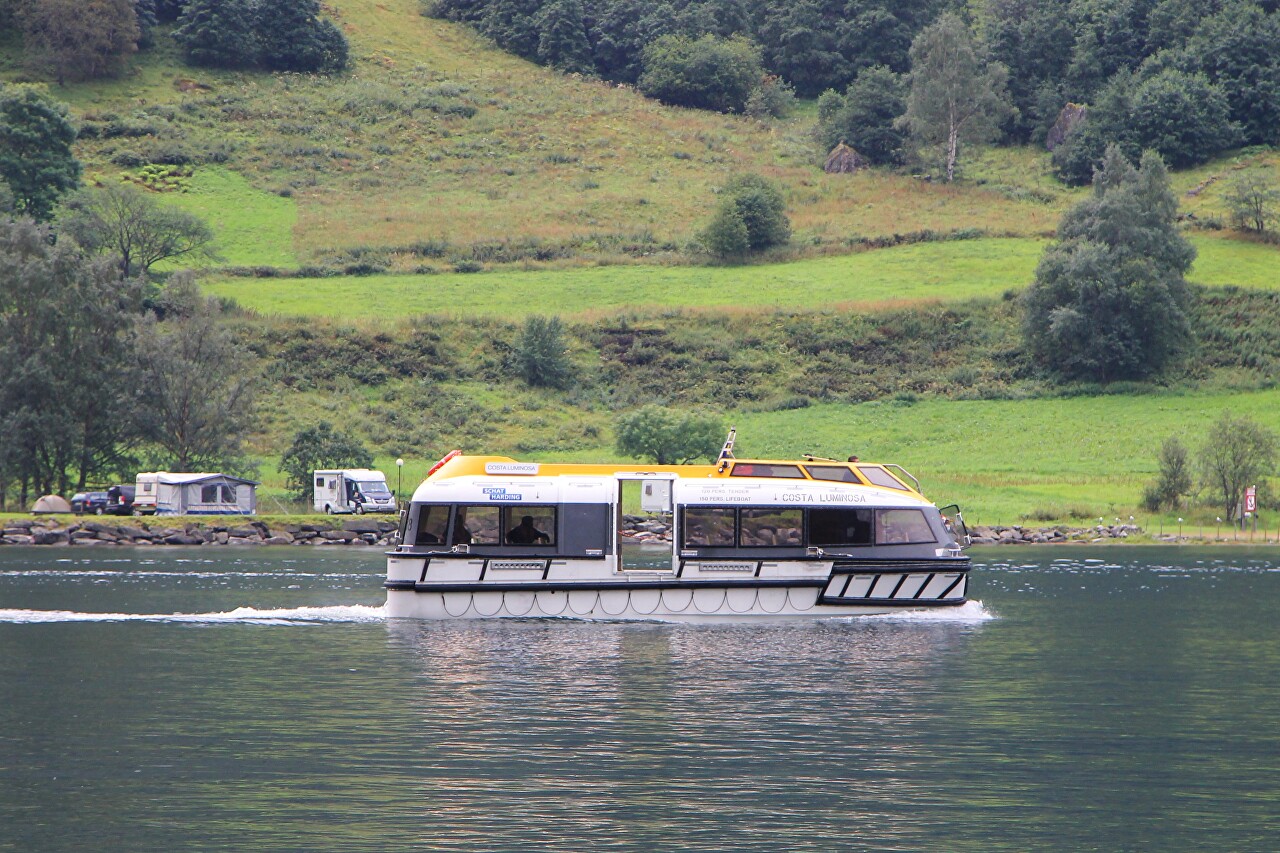Costa Luminosa Cruise Ship
In 2005, Costa Crociere initiated a fleet replenishment program with five new vessels, three of which were built on the already developed Concordia class project, and two on the new Luminosa class. Costa Luminosa was laid down on 10 October 2007 at the Fincantieri Marghera shipyard in Venice, launched on 30 June 2008, completed sea trials on 30 March 2009, and delivered to the customer on 1 May. The Costa Deliziosa liner, commissioned in February 2010, was built under the same project. The grand inauguration of the Costa Luminosa was held in Genoa on June 5, 2009, together with another liner, the Costa Pacifica, built at the Fincantieri Sestri Ponente shipyard in Genoa. The double baptism ceremony was the first in Italy and also entered the Guinness Book of World Records.
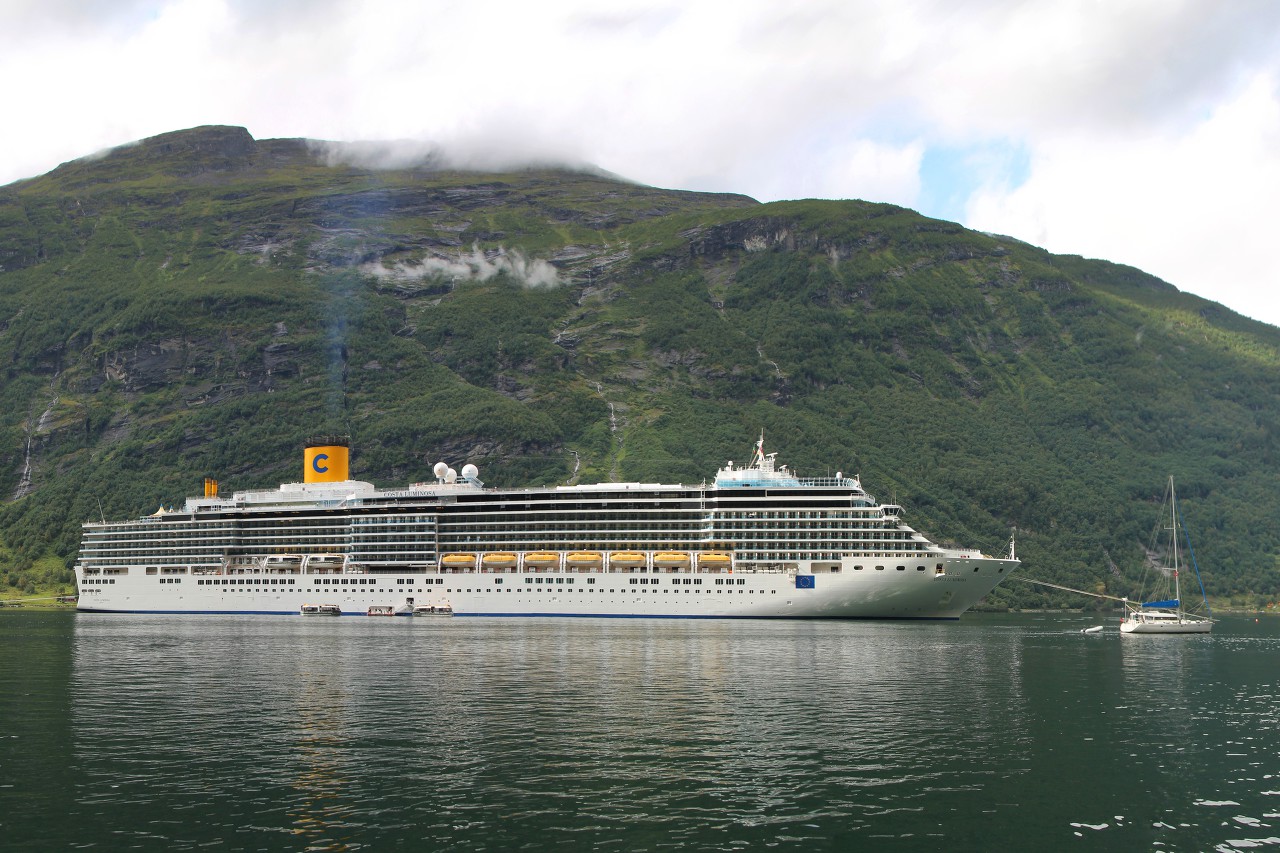
The ship has a length of 292 meters, a width of 32.3 meters and a draft of 8 meters, and a gross tonnage of 92600 registered tons (gross tonnage). The power plant consists of four MAK type 12M43C main diesel generators with a capacity of 12,000 kilowatts each and two MAK type 8M43C auxiliary generators with a capacity of 8000 kilowatts each. The propulsion system includes two ABB Azipod units (a gondola on the hull of a vessel with an electric motor and a propeller that can rotate, providing greater maneuverability) with a capacity of 17,600 kilowatts each. Cruising speed of 21.6 knots (40 km/h), maximum speed of 23.6 knots (43.7 km/h). To facilitate mooring in the bow, there are three thrusters in different levels.
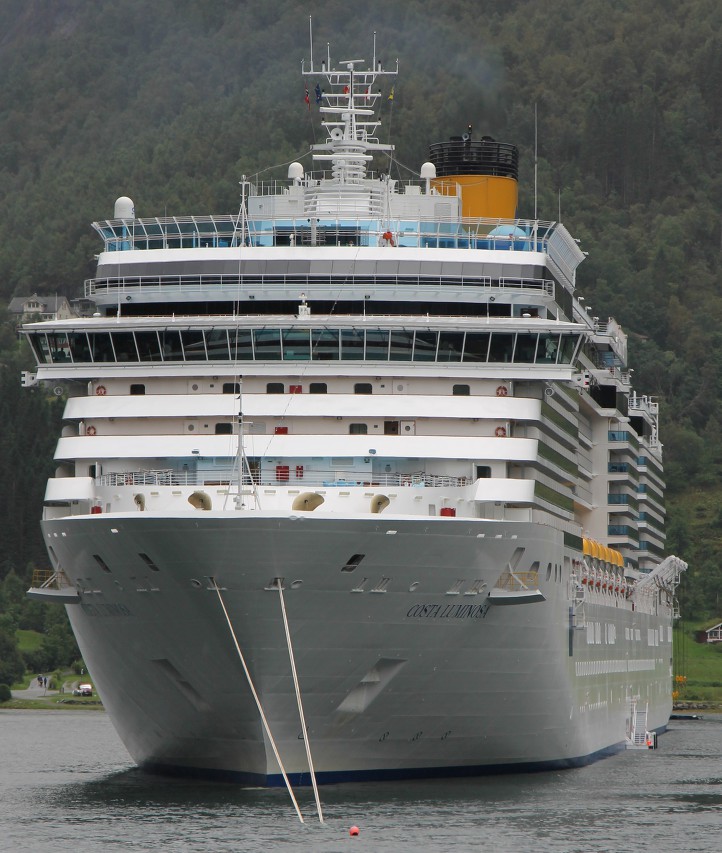
Costa Luminosa has 12 decks that are connected by 8 passenger elevators. Passenger cabins are located on the first and fourth to eighth decks. Total 1,130 cabins, 6 penthouses, 104 suites, 662 with balconies, 178 with windows, 180 interior cabins without windows. There are 2,260 berths in the cabins, but the maximum capacity allows for 2,826 tourists on board. There are 11 bars and 4 restaurants, a casino, a spa and much more to suit all tastes, and the Phenix Theater is located in the bow of the hull. The ship serves a crew of 1,050 people, located in 536 cabins.
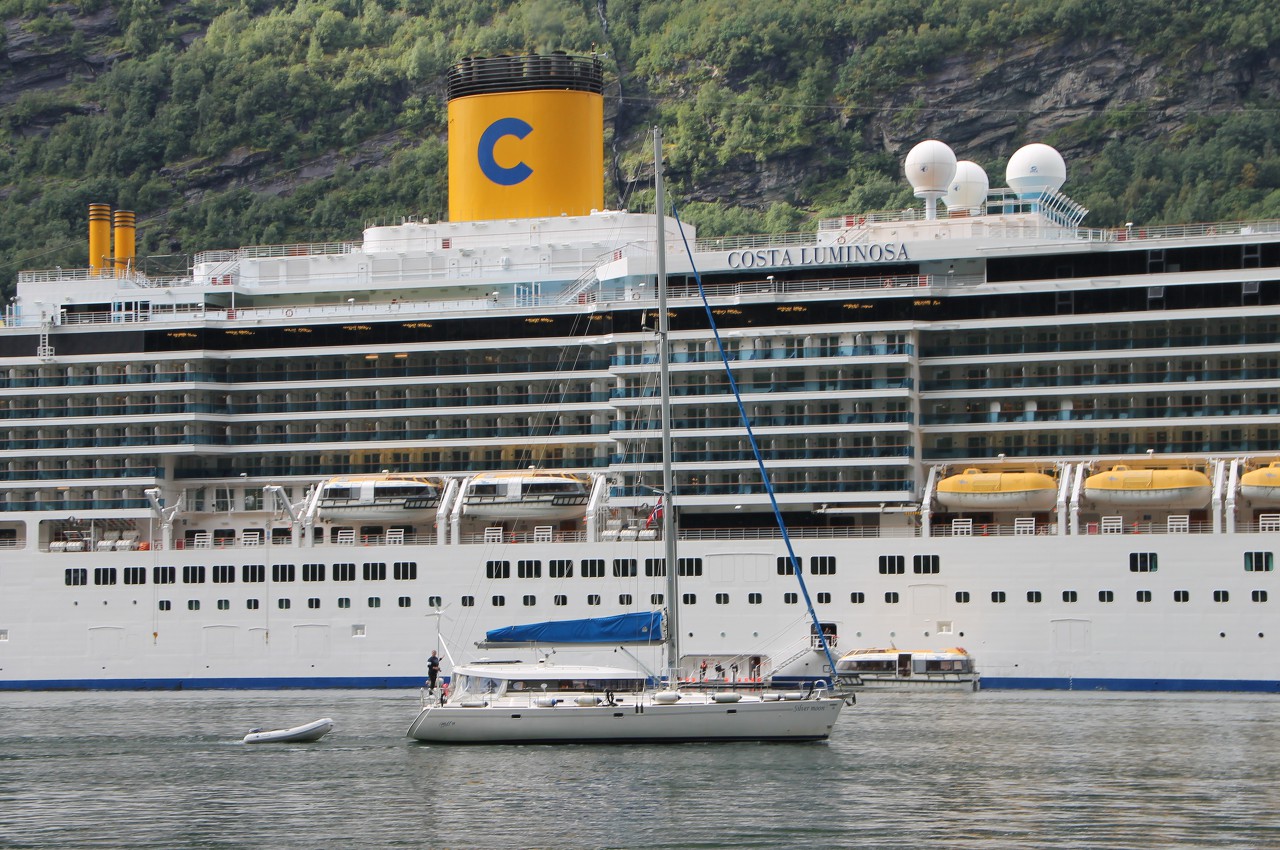
The liner operated in the Eastern Mediterranean, and also made flights to
the Norwegian fjords and Cape Nordkap, the ship spent the first winter
in the Persian Gulf, then went to the Caribbean for the winter season
(Sometimes a small number of passengers are taken on such ferry flights,
in fact for the cost of food according to the crew's diet, and of
course, there is no entertainment on board. I
once wanted to get on such a high-speed flight, but ultimately decided
that it was not a good idea, since I would not see anything but the
stormy Atlantic).
In 2015, Costa Luminosa was the subject of an environmental pollution scandal. Swedish
television reported that during a cruise in the Baltic Sea, the ship
poured overboard more than five thousand tons of sewage. Modern
ships have fecal tanks, the contents of which are sent for cleaning in
ports, but the command of the liner preferred to drain them into the
sea, although most Baltic ports dispose of ship waste free of charge.
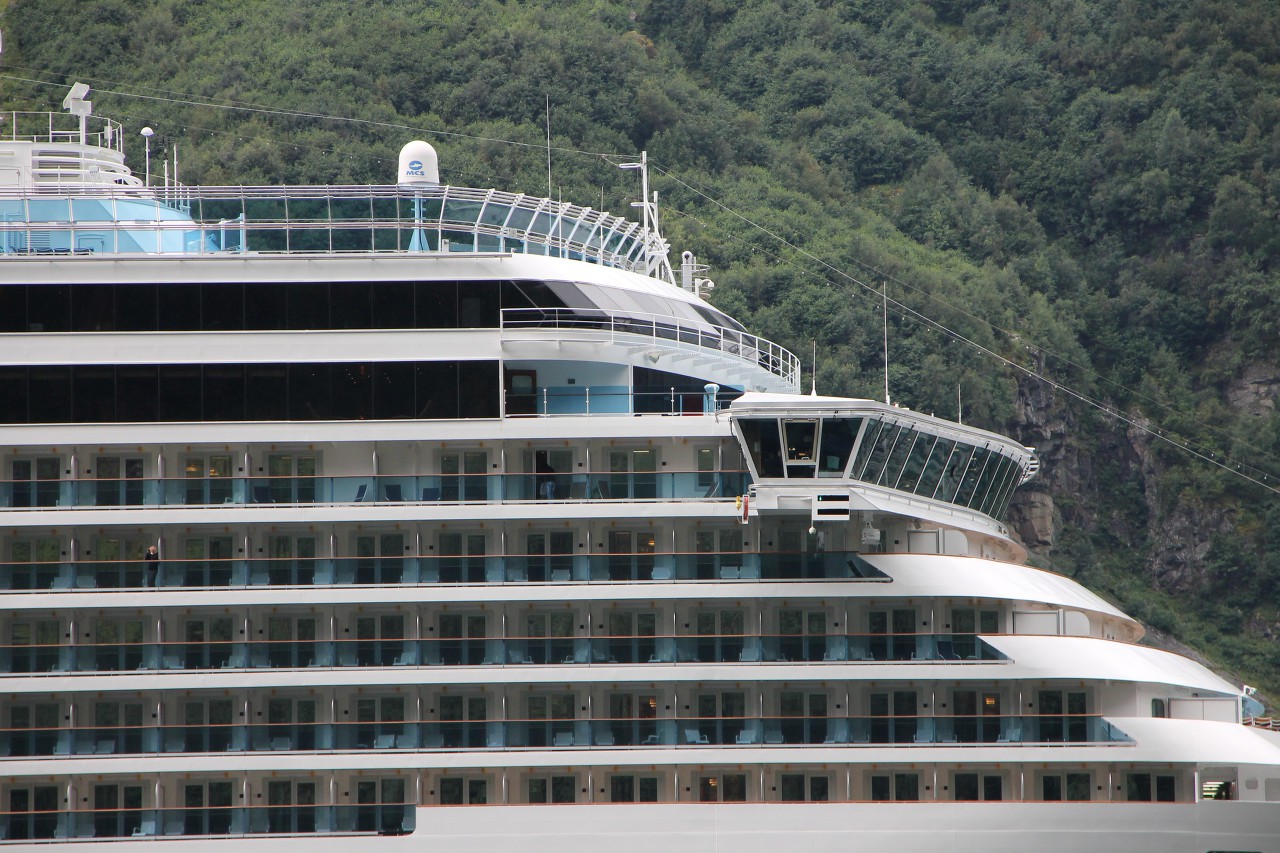
In September 2022, Costa Luminosa will be transferred to the Carnival Cruise Line fleet (since 2000, Costa Crociere is a subsidiary of Carnaval Cruise Line) and will change its name to Carnival Luminosa. The ship departs Europe for the Pacific Ocean and from October will run on routes around Australia and New Zealand, and in the summer make cruises to Alaska. This is due to the fact that Carnaval scrapped four of its vessels in 2020 due to the catastrophic drop in demand caused by the COVID-19 pandemic and is now trying to meet the demand of the more solvent American public at the expense of the vessels of its European subsidiary. Also, two more ships, Costa Venezia and Costa Firence, will move to the United States, although without changing the name and owner.
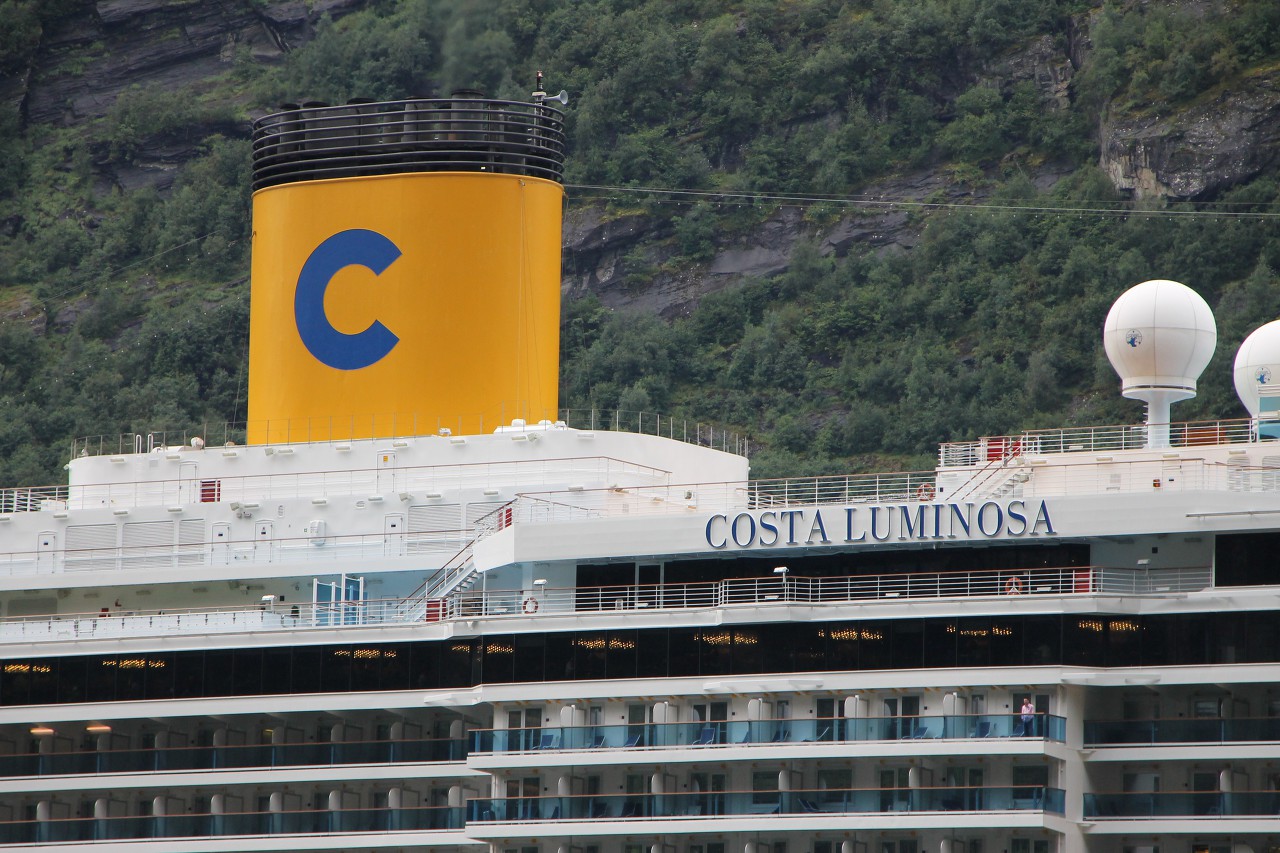
I took these photos in Geiranger, Norway. During the tourist season, the farthest corner of Geirangerfjord is visited by up to a hundred cruise ships. Norwegian fjords have a huge depth, so they are accessible to large modern liners almost along their entire length. In small towns (and there are most of them on the cruise routes in Norway), which are not suitable for receiving such huge vessels, lifeboats are used to disembark tourists on the shore.
